Poultry Tips
From Our Poultry Blog
Visit the Blog
Poultry Tips
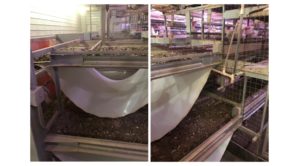
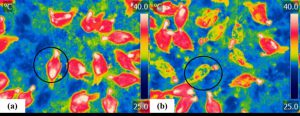
Posted by Dr. Lilong Chai on Jun 1, 2022
Manure Drying Methods in Layer Houses

Author: Dr. Lilong Chai, Assistant Professor & Poultry Engineering Specialist Importance of Layer Manure Drying A layer house with 100,000 hens produces 1,500 to 2,000 tons of manure every year. Fresh layer manure contains about 75% moisture that must be reduced prior to storage and land application. High moisture manure can lead to higher transport […]
Poultry Tips
Posted by Lilong Chai on Jul 29, 2021
Sprinkling Cooling for Cage-free Hens

Dr. Lilong Chai, UGA Poultry Engineering Specialist Heat Stress in Laying Hens Heat stress is one of the primary concerns for laying hen production in the summer as heat waves may significantly increase flock mortality and reduce egg production in hen houses. The use of mechanical ventilation and cooling cells are popular cooling methods used […]
Poultry News
Visit the Blog
Poultry Archives | CAES Field Report
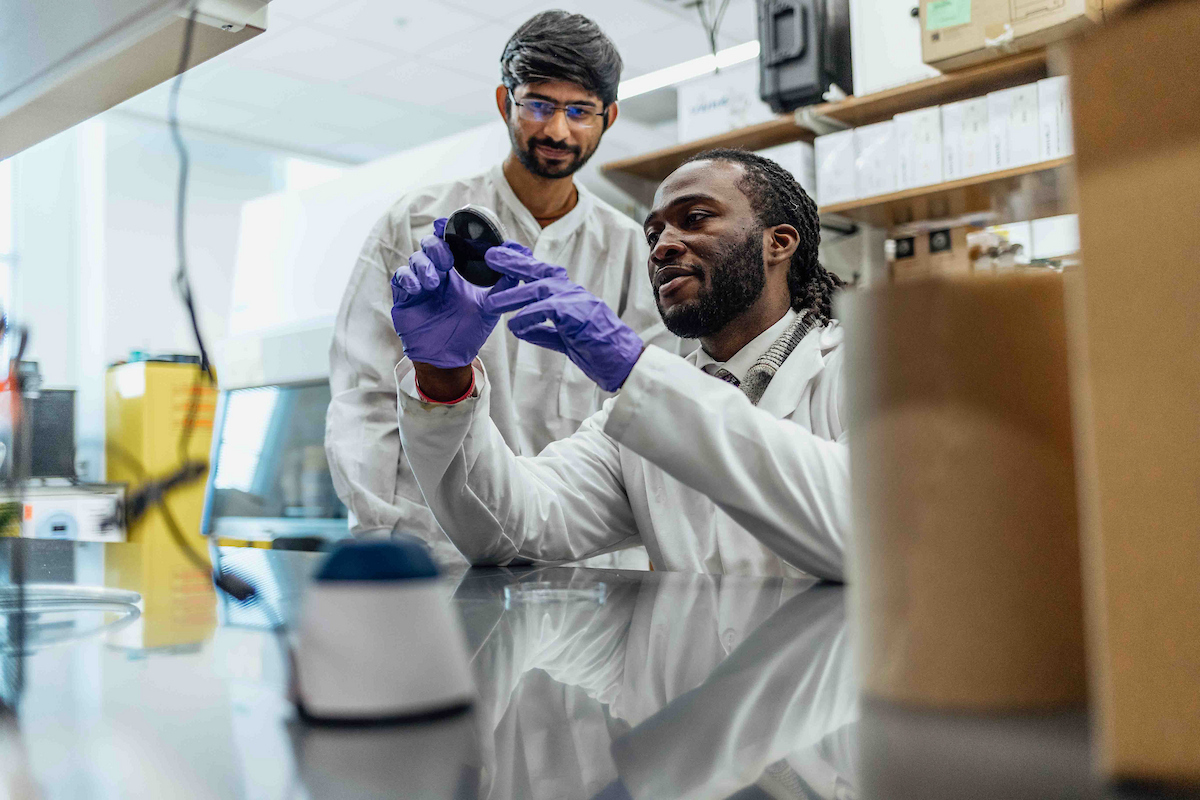 Poultry Archives | CAES Field Report
Poultry Archives | CAES Field Report
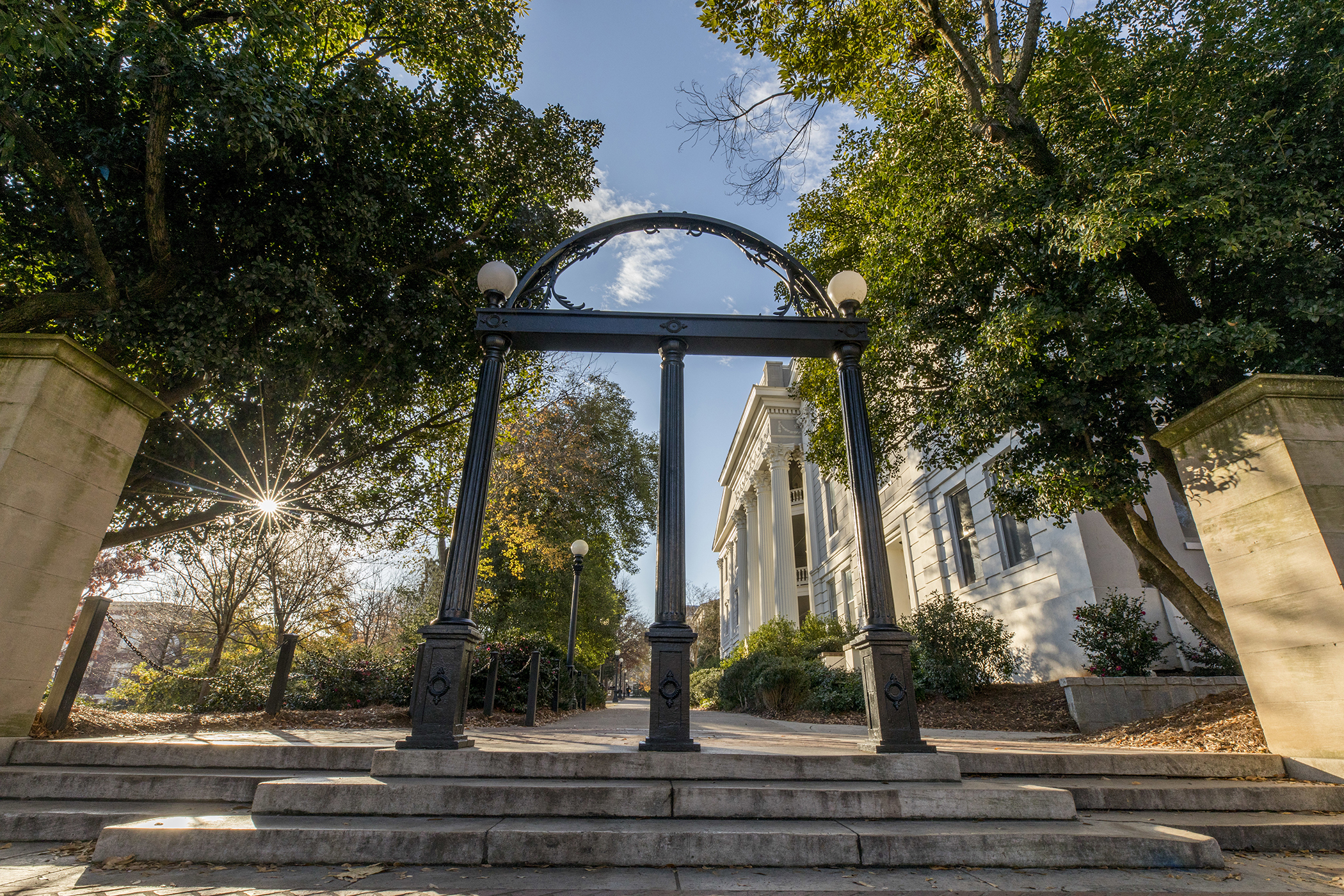 Poultry Archives | CAES Field Report
Poultry Archives | CAES Field Report
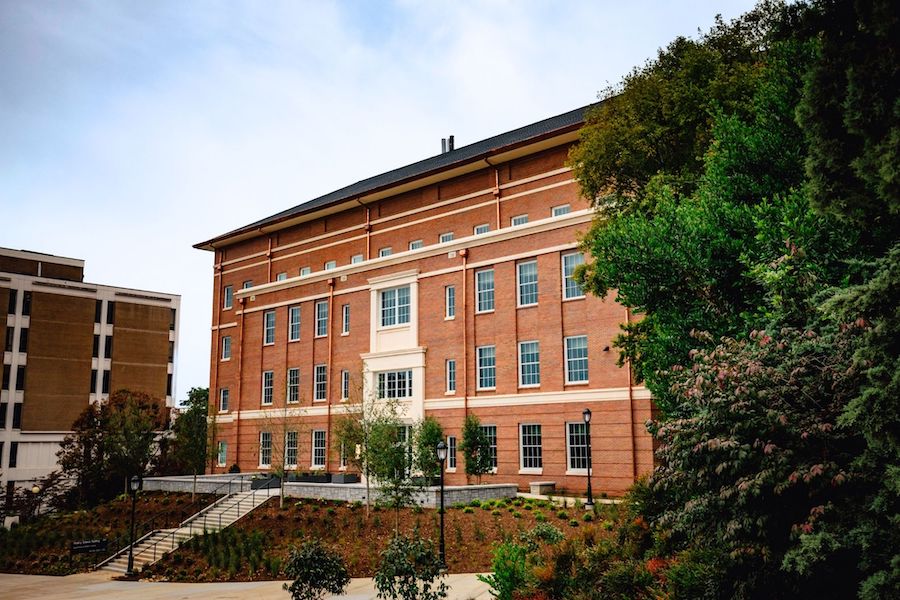 Poultry Archives | CAES Field Report
Poultry Archives | CAES Field Report
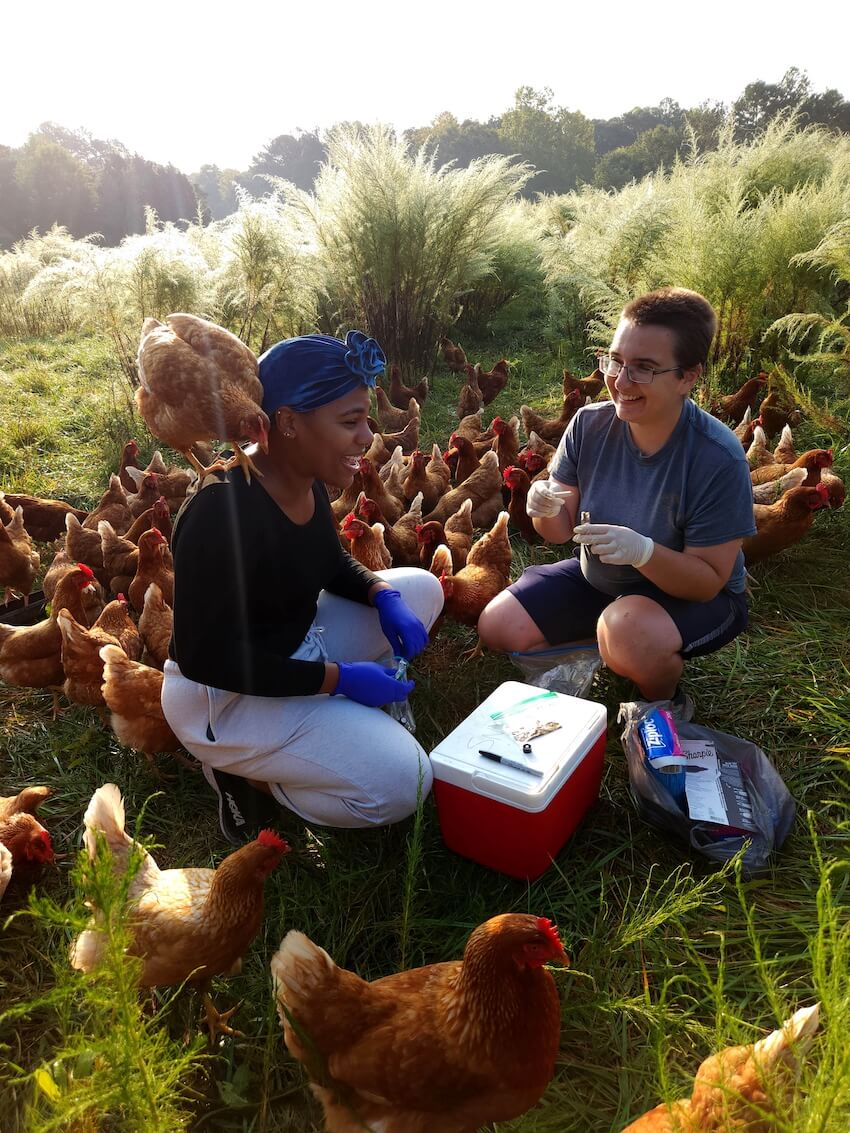
Posted by The Office of Marketing and Communications on Nov 10, 2025
Food microbiologist turns curiosity into a career in poultry science

Posted by The Office of Marketing and Communications on Oct 24, 2025
Eleven faculty named 2025-26 Aspire Fellows

Posted by Jordan Powers on Jun 12, 2025
Wayne-Sanderson Farms gift boosts total support to $4.1M for UGA Poultry Science Building

Posted by Maria Lameiras on May 19, 2025
CAES researchers decode chicken diets to boost sustainability on integrated farms

Expert Resources - Poultry
Visit the Blog
Poultry Archives | CAES Field Report
 Poultry Archives | CAES Field Report
Poultry Archives | CAES Field Report
Poultry Archives | CAES Field Report
Poultry Archives | CAES Field Report
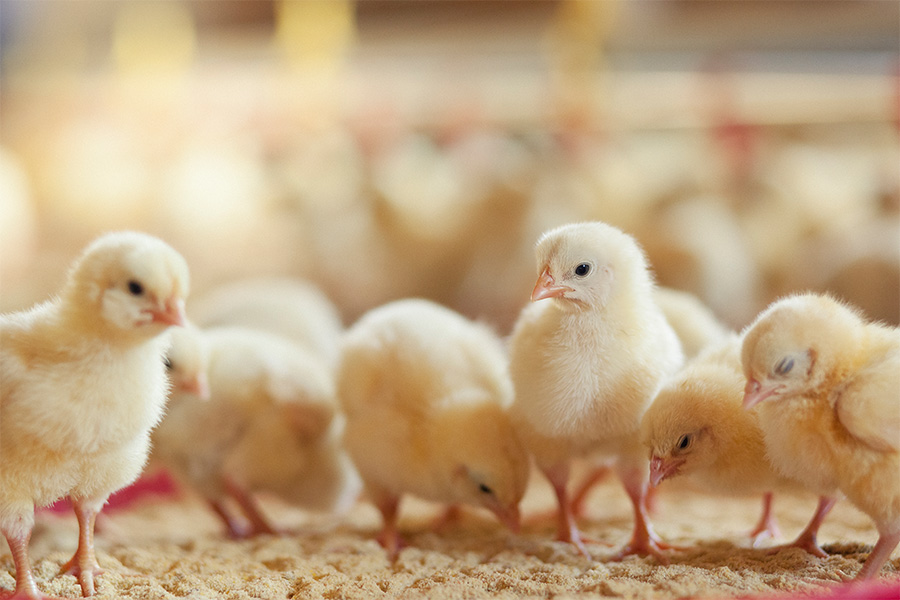 Poultry Archives | CAES Field Report
Poultry Archives | CAES Field Report

Posted by William Secor on Jan 21, 2025
2025 Georgia Broiler Industry Forecast

Posted by Gene Pesti, Gregory Colson on Dec 11, 2024
Estimating Crude Protein Variability and Savings of Broiler Feeds Using Microsoft Excel
Posted by Casey Ritz on Oct 14, 2024
Guidelines for Prospective Contract Hatching Egg Producers

Posted by Casey Ritz on Oct 14, 2024
Maximizing Poultry Manure Use through Nutrient Management Planning

